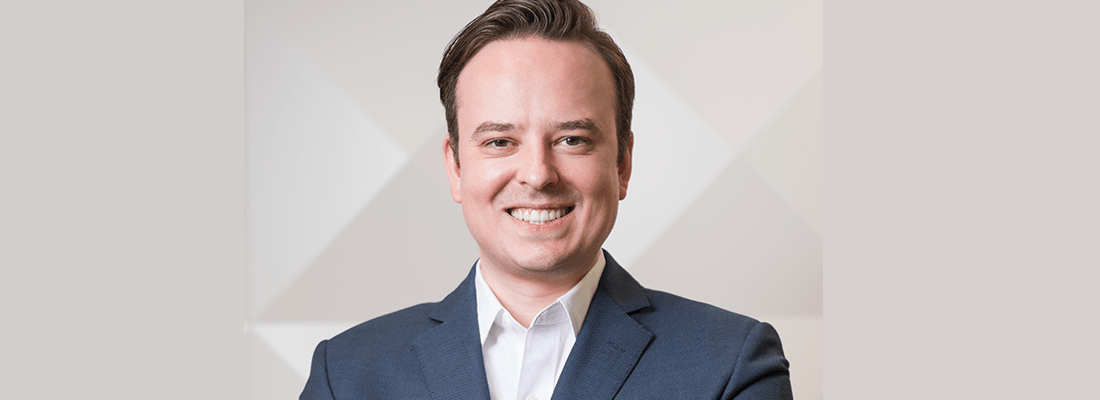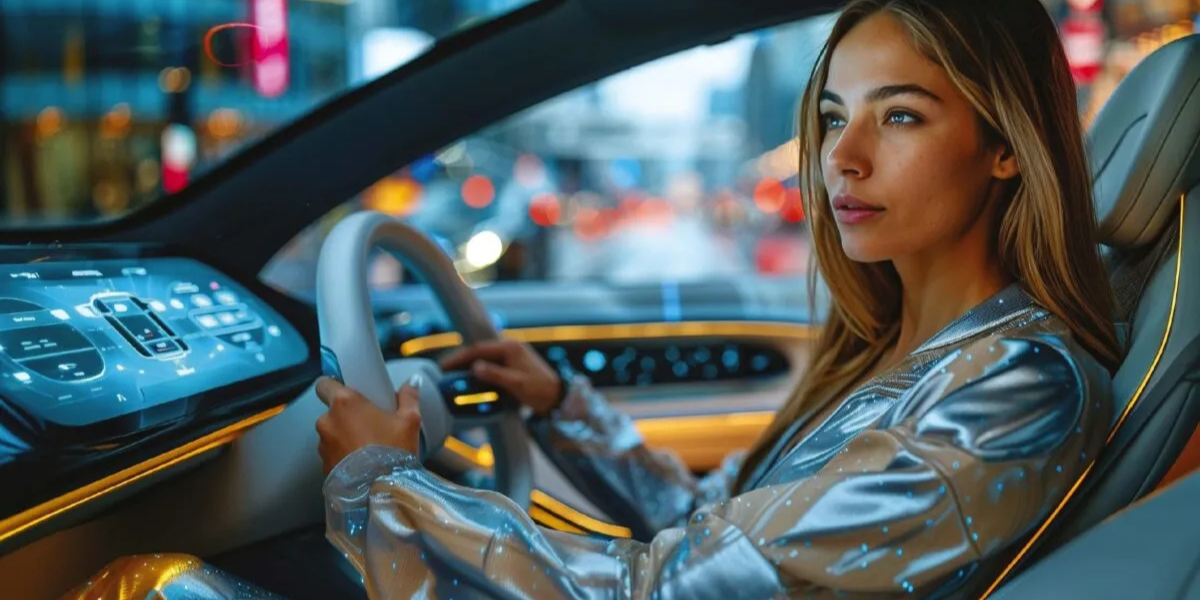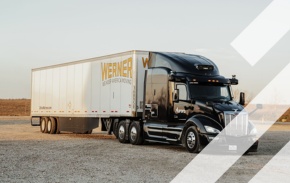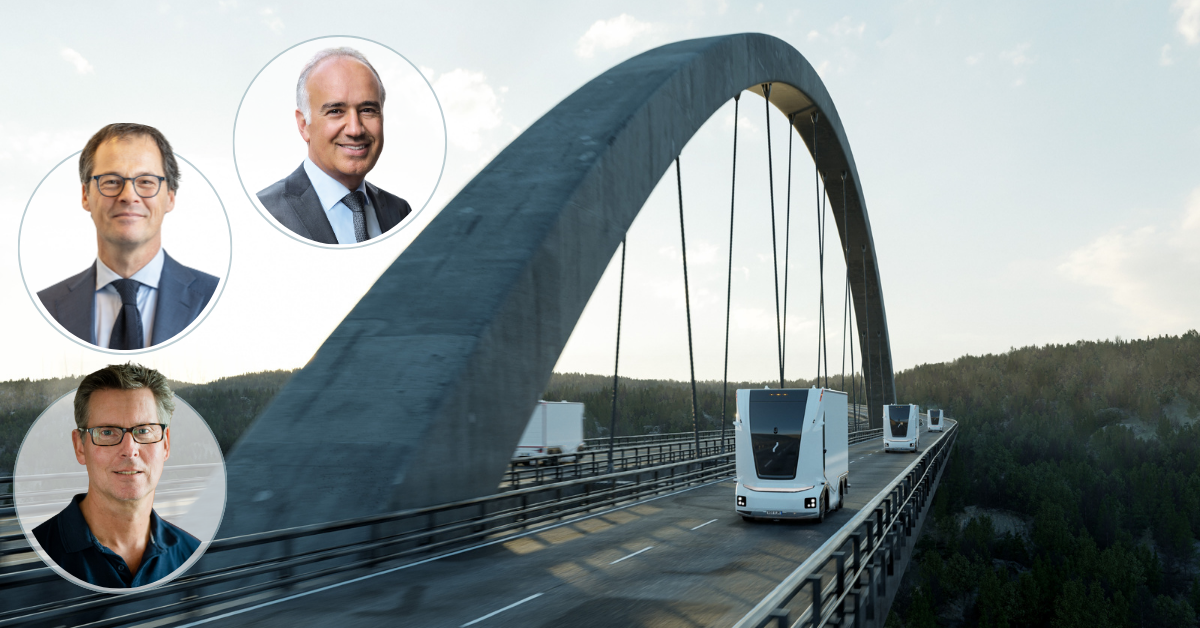'COVID-19 has given us new opportunities.'
‘The Coronavirus has given us new opportunities. We offer cargo and transportation of medicines, masks and health equipment safely to the hospitals. Of course the virus also impacted our business, but I believe the topic of urban air can only benefit from COVID-19.’
‘When we started with the product category of consumer drones back in 2014, there was no bright view on urban air. This did change quite soon, as we transferred our company finding use cases for both cargo and passenger transport. In 2016 we were the first to present a passenger-grade autonomous aerial vehicle, also known as an ‘air taxi’. From that point on the interest and business grew enormously. The company scaled up and since last year’s December we are the first urban air mobility company on stock exchange. A huge milestone.’
‘I find it important to stress that EHang is not just an air taxi company; we have a wide scale of products. Our background is usually software; the software ecosystem of autonomous flying led to the development of a platform. This platform is a fundament of scaling into different use cases for our autonomous aerial vehicles nowadays.’
‘Today we have four product categories. Aside from passenger transport solutions, we also offer logistic solutions such as food delivery or heavy transport up to several hundred of kilograms. We are also available for smart city management, from firefighting to crowd management or maintenance. Our fourth category is aerial media solutions for ‘fireworks’ shows to digitalise the fireworks business. Without the actual use of the fireworks and without any noise we contribute to the environment.’
‘Our growth has been primarily in the Asia pacific region with a focus on China, our home market. We are scaling up internationally right now, with a strong focus on Europe. This does not come without a challenge. We need to maintain a different time schedule in Europe due to the regulatory environment. Operating media solutions is no problem, but our other product categories need a bit more time. The bigger the vehicle the more regulations. Even though we consider all these four business solutions as equal, we are limited by the business opportunities due to regulations in different countries. An air taxi is difficult to monetise outside of China, while our media solutions or small scale cargo delivering small packages is no problem at all. Passenger transport, which is in our view the biggest market, still needs a few years to come. But we are optimistic and patient.’
'We have to design a completely new ecosystem.'
‘Implementing a new urban air infrastructure for passenger transportation is nothing less than planning a new underground system. A city plans 5-10+ years ahead. In our case it is not about having a new technology which has to be integrated; we have to design a completely new ecosystem. Which is why I believe regulation is not the biggest problem. We need to start planning before that. Of course we are ahead in China compared to Europe, but in my opinion technology does not have a national flag and should be made available for everyone; it is improving our lives. In the end mobility is one of the fundamental needs and drone technologies will save us a lot of travel time.’
‘Regulation might not be our biggest challenge; nevertheless, it is very crucial to us. Safety is the currency that is securing the trust of the people and only then consumers will pay for it. I think our biggest challenge is the difference in perception on drones. In Europe we talk about drones as a toy to have fun with, disturbing airports or filming people in their garden sunbathing. It is not meeting the full potential of this technology. We need to open the discussion and see drones as a huge potential for mobility cases in logistics as well as in passenger transport.’
'We need to change the image of drones of filming people sunbathing in their garden to a mobility potential.'
‘We need to change this image to a technology that has the same disruption potential as the car in the early 20th century . Who would have known we would be experiencing millions of cars driving around, dozens of square-meters being covered by concrete and pollution produced by cars? If we had known, we would have never allowed this to happen. For drones, we have not yet reached that point of discussion where our needs and potential come together.’
‘It is also a question of culture. How strongly do we embrace innovation? Are we ready to change our status quo and get out of our comfort zone or not? I think there is a huge difference in this between the different continents. Take the example of digital payments. In China a farmer comes with a trolley and when you buy something he will give you a little box to pay via WeChat whereas in some countries in Europe we like to hold on to analogue payments. ’
'As an industry we are raising the wrong expectations.'
‘As an industry we are also responsible for this image. I think we are making a big mistake about proofing and presenting our concepts. We are raising the wrong expectations and present mostly sci-fi images or use cases that do not meet the needs of the residents in a city. Instead of presenting a drone as a fancy way of transport or a rich people’s toy which is not benefiting everyone in their daily lives, we need to present drones as a technology that is fulfilling one of our basic needs and take away the fears people have on the ground. What can it really bring the ordinary people? ’
'We do not want to build the Ferrari of the sky; but the Volkswagen.'
‘The innovation of drones does not lay in the way we transport people and cargo through the air from A to B. We call that a helicopter, which we have been using for decades. In Sao Paolo Brazil 500 helicopters per day are flying around. What is innovative, is making this function available to everybody by making smart use of the technology. We do not want to build the Ferrari of the sky; but the Volkswagen. Affordable and available to everybody. We try to reflect this in everything that we do.’
How do you speed up the mobility transition?




